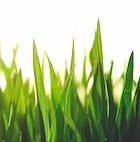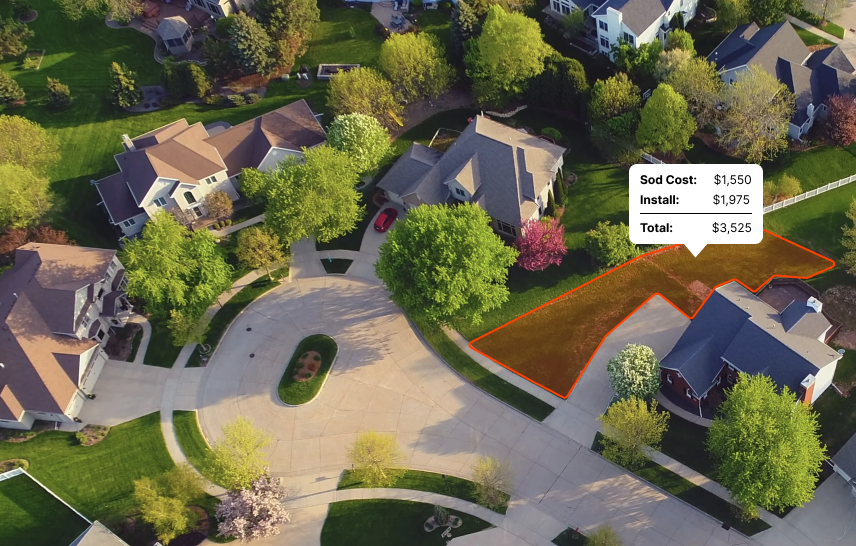By choosing the right grass and laying it at the appropriate time, homeowners can ensure a healthy and thriving lawn.”
Introduction
North Carolina has a humid subtropical climate, which means it experiences hot summers and mild winters with high levels of rainfall throughout the year. This climate affects the types of grass that thrive in the state, as they must be able to withstand both extreme heat and moisture.
The state falls within the transition zone for grasses, which means it has a mix of warm-season and cool-season grasses. The best times to lay grass in North Carolina depend on the type of grass being planted, but generally, the ideal times are during the spring and fall when temperatures are mild and there is plenty of rainfall to help the grass establish its root system.
When choosing grass for North Carolina, it's important to consider the grass zone. The state falls within the warm-season grass zone, which means that warm-season grasses like Bermuda, Zoysia, and St. Augustine will generally grow best.
However, certain areas of the state may also be suitable for cool-season grasses like fescue, depending on factors like elevation and rainfall levels. Overall, the climate and grass zone in North Carolina play a significant role in determining the types of grass that are best suited for the region.
What are the best sod types for NC?
In the world of landscaping, not all grasses are created equal. Each thrives in a specific climate zone: cool, warm, or transition.
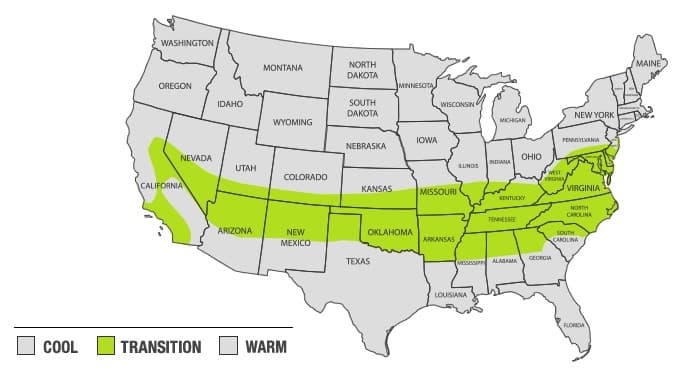
North Carolina, with its transition zone climate, prefers a particular set of grasses that relish the a wide range of temperatures. The following sods are the easiest to grow and maintain in North Carolina:
While it's possible to grow grasses meant for other regions with proper care, attention and timing, these are the most common grasses in North Carolina for residential lawns.
Level Up Your Lawn Skills
Once per week we'll send you an interview from someone who has mastered the art of lawn care.
Recommended species for shade
In North Carolina, picking the right type of grass that can thrive in shady spots is critical. Not all grasses are best buds with shadows. Some are, though. Let's talk about those heroes!First up, we have St. Augustine grass. It's warm-season turfgrass loves shade like popcorn loves butter. Typically, it needs around 4 hours of sunlight daily. Less than that? It's all good as long as irrigation is available.Next on the list is Zoysia grass. Its heart sings in shady areas. But, it also delivers a roundhouse kick to heat and drought. 4 hours of sun would be smashing. But if not, no worries - it's got courage in the shadows.Think we're done? Not even close! Say ‘hello’ to Fescue grass. Specifically, we're talking fine and tall fescues here. Fine fescue is the emo-kid, loving both cool temperatures and dim lights. Tall Fescue, on the other hand, is more of a day-party type, adoring a few extra sunbeams. About six hours of daily sunlight does it wonders!Rolling out the Red Carpet – not literally, it’s actually a variety of Bermudagrass. This diva requires about 4-5 hours of sunlight per day. Hot, well-drained soils where other grasses might give up? That's this star's spotlight!Just remember: even shady area grass types need their bit of sunshine. Make sure they get their quota, water them as recommended, and they'll bring the green glam to your garden. We promise! Up next, we'll dive into the world of mowing. Stay tuned. You'll love what's coming!
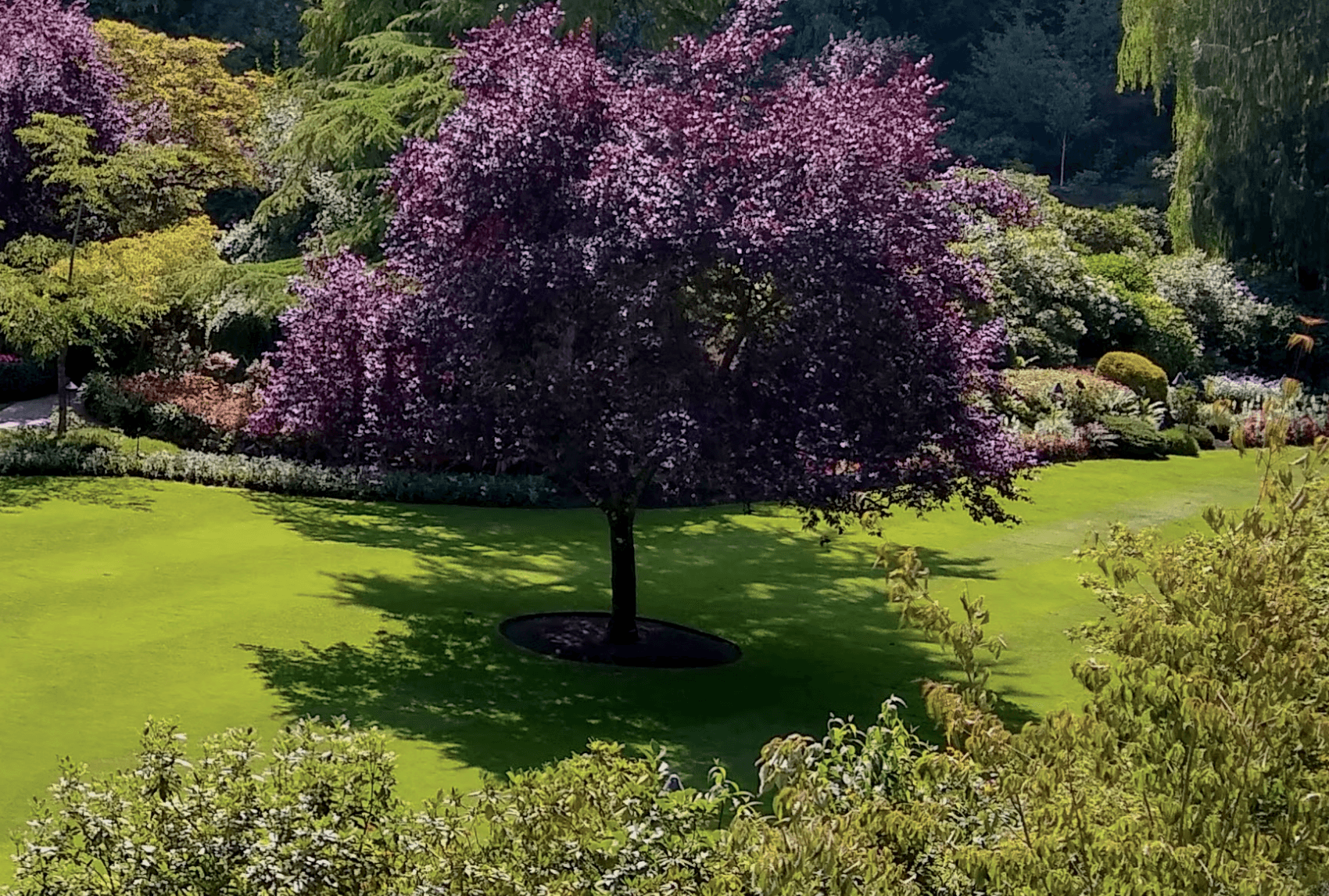
Recommended for full sun or partial sun
Choosing the right sod for your lawn depends heavily on the sunlight exposure in your yard. Different grass types have varying light requirements for optimal growth and appearance. Assessing whether your lawn receives full or partial sun is essential in selecting sod that will flourish and stay healthy in your specific environment.
Below are some sod options recommended for either full sun or partial sun conditions in NC:
| Grass Type | Sun | Good to Know |
|---|---|---|
| Bermuda | Full | Bermuda grass thrives in full sun and is known for its drought tolerance and ability to withstand high temperatures. |
| Zoysia | Full | Zoysia grass prefers full sun but can tolerate some shade. It is known for its dense turf and resistance to pests and diseases. |
| St. Augustine | Partial | St. Augustine grass performs well in partial sun and is valued for its ability to establish quickly and provide a thick, green lawn. |
| Tall Fescue | Partial | Tall Fescue is adaptable to a range of conditions, including partial sun, and is known for its deep root system and tolerance to drought. |
What varieties stay green year-round?
As with anything agriculture related, there is some nuance to this question. There are many grasses that can stay green year round in but it depends heavily on your location within North Carolina as well as any microclimates that may exist.
The following grasses have the ability to stay green year round in North Carolina:
| Grass Type | Caveats |
|---|---|
| Bermuda | It typically goes dormant and turns brown after a few hard frosts in the fall and stays that way until temperatures consistently hit the 60s in the spring. |
| Zoysia | It can stay green nearly year-round in milder climates without severe winter freezes or overly high summer temperatures. |
| St. Augustine | It can stay green almost year round, but will go dormant and turn brown during cool-season months in colder regions. |
| Tall Fescue | It typically stays green throughout the year in milder climates, given that it isn't overly stressed by heat or drought in the summer. |
What is the best time to lay sod in North Carolina?
For transition zones, consider the type of sod. For warm season grasses, aim for late spring. This gives them a full summer to establish before winter. For cool season grasses, fall is best, allowing roots to develop in mild temperatures. Whichever you pick, avoid extremes of summer and winter. So, late spring for warm grasses, fall for cool ones, and skip the severe seasons.
As you can see in the image below, you'll notice the most shoot growth (the grass above ground) and root growth in the spring and fall for cool season grases and during the summer for warm season grasses:
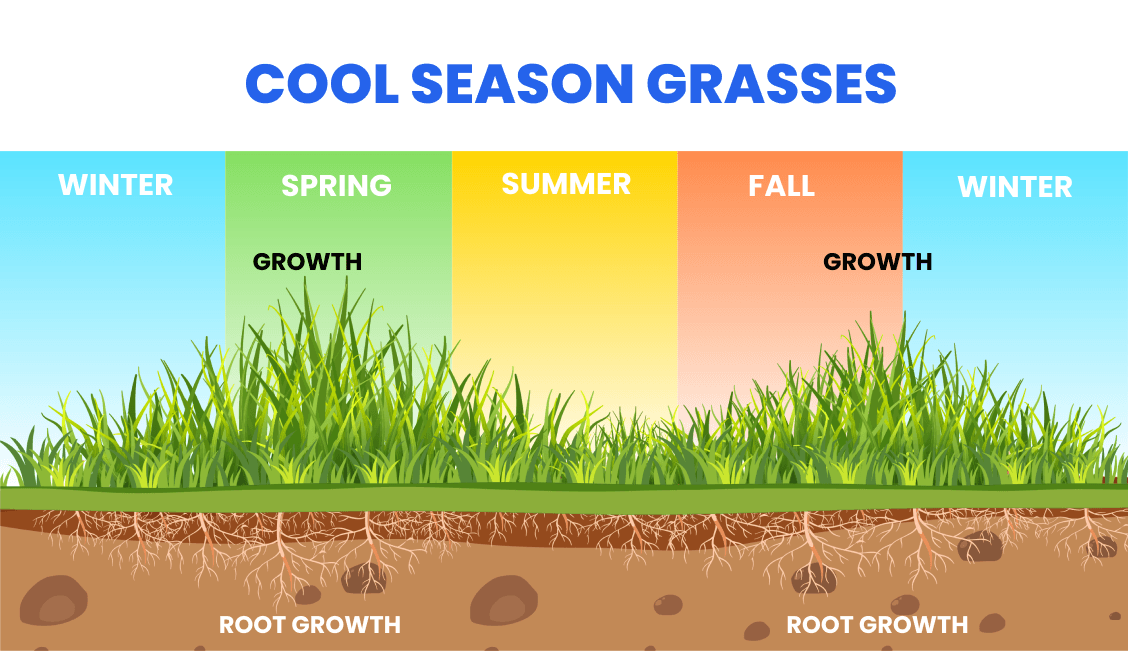
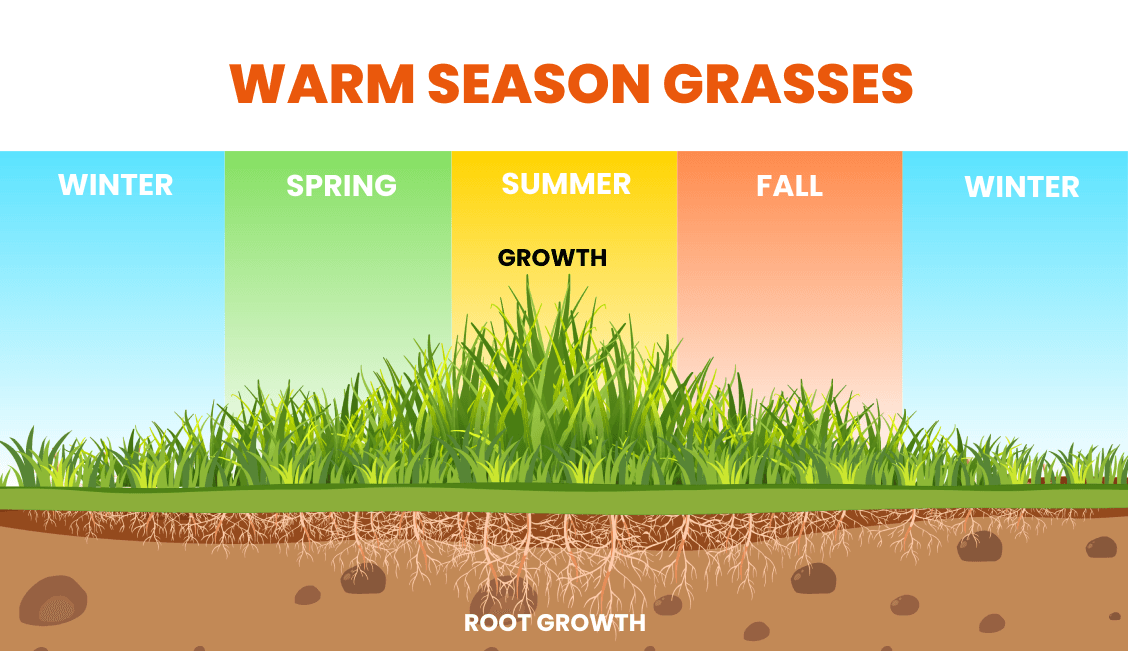
Find reputable companies for installing sod in NC
Here are the top problems you'll face when trying to get sod installed by a landscaping company:
- They're not transparent about pricing. You'll often get a quote that's way higher than you'd expect.
- They're hard to get ahold of on the phone or you'll reach out online but won't hear back.
- It's hard to pin them down for a specific date. Because you can only bring sod from the farm when there's decent weather, this causes some delays at times. It also has a short shelf life, so it's important to get it installed within a day or two of delivery.
We've done all the work for you. Click below to get a quote from one of the top installers in North Carolina.
